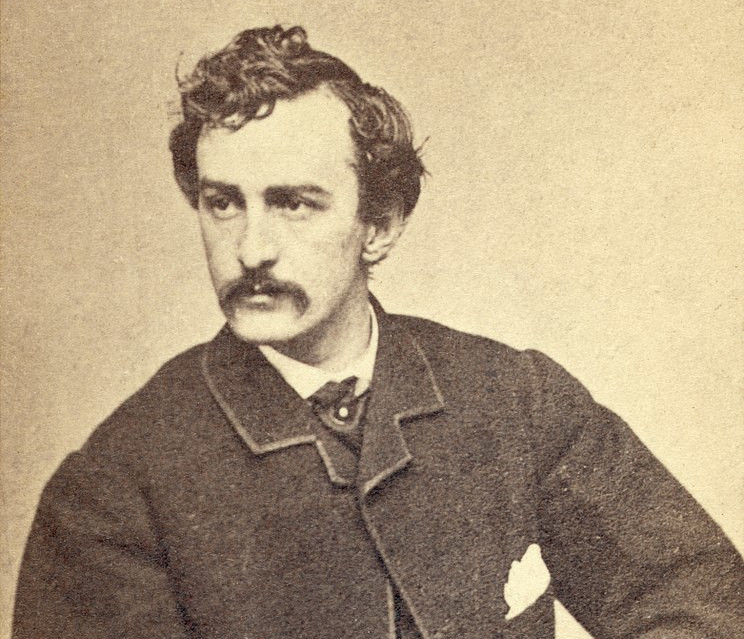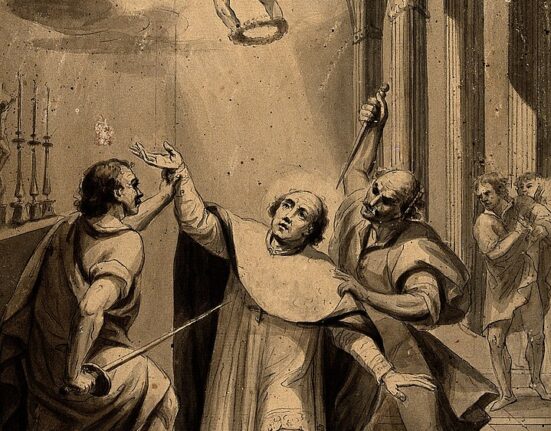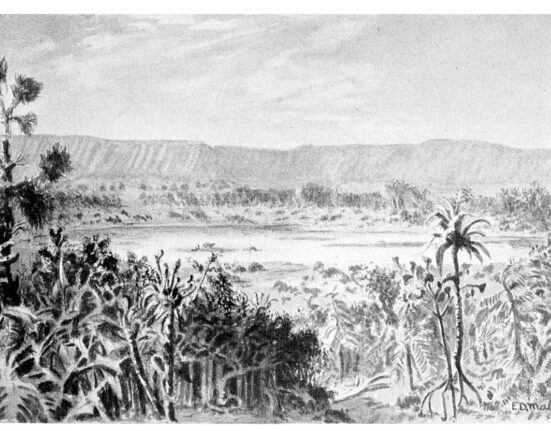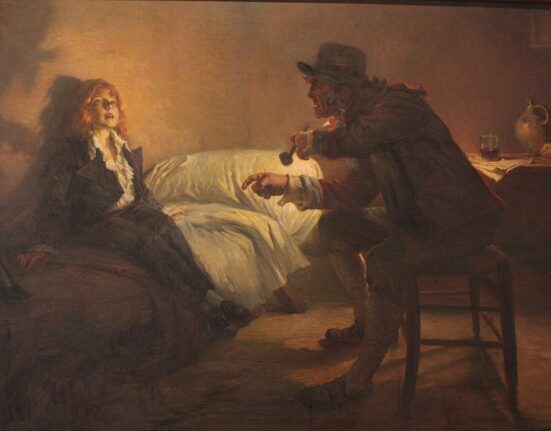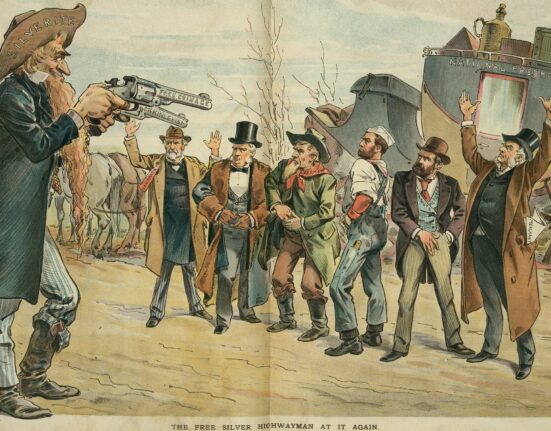John Wilkes Booth was a celebrity in his own right long before the act that would install him permanently as one of the most infamous figures in American history. Born to a family of British actors, Booth was touring the United States performing in Shakespearean plays and other productions by the time he was about seventeen. (1) In fact, before his final fatal meeting with Abraham Lincoln, the president had even attended one of Booth’s performances. (2) While Booth’s fame certainly stems from his role as an assassin, rather than any particular stage role, it is possible that John Wilkes Booth’s entertainment career did not end in 1865.
The Mystery of John St. Helen
It is at this point that a familiar story takes an abrupt turn into the territory of the unfamiliar and macabre. John Wilkes Booth was killed just twelve days after Lincoln’s assassination in a dramatic final standoff. We will explore the details of that particular story later. For now, suffice it to say that there are many who believe that Booth survived that standoff through various means. Theories surrounding Booth’s possible escape have inspired enough doubt as to warrant an open FBI investigation as recently as 1977. (3)
One theory, however, has become a saga unto itself. According to a man named Finis L. Bates, who so happens to be the grandfather of the actress Kathy Bates, John Wilkes Booth was alive until 1903. (4)
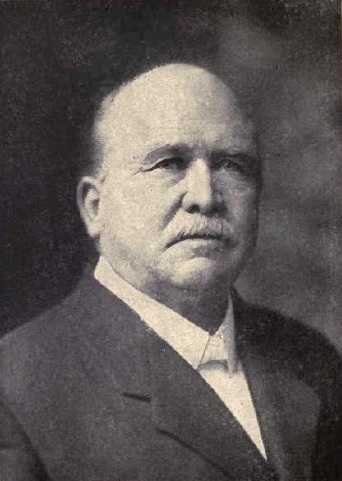
The Bates story, which Bates himself published in 1907 under the title Escape and Suicide of John Wilkes Booth, Assassin of President Lincoln, goes a bit like this. In 1872 Bates met a man in his home state of Texas who went by the name of John St. Helen. The two became friendly acquaintances until, in 1877, Bates was summoned to St. Helen’s bedside. St. Helen, though he was not yet an old man, was very ill and did not expect to live for much longer. As Bates was a lawyer, it seemed that St. Helen had called upon him for assistance in sorting out his affairs.
Bates would be shocked by what this would entail. According to Bates, St. Helen mustered his feeble strength to whisper “I am dying. My name is John Wilkes Booth, and I am the assassin of President Lincoln. Get the picture of myself from under the pillow. I leave it with you for my future identification. Notify my brother Edwin Booth, of New York City.” (5) Bates reports that he retrieved the photo of St. Helen, but thought little of the confession as he was so focused on the apparently dying man’s comfort. Note that, if nothing else, John Wilkes Booth did have a brother named Edwin. Although John Wilkes is remembered far more by contemporary audiences, Edwin was one of the most famous and praised actors of his day, so this would not have been uncommon knowledge.
Shortly after his stunning ‘confession,’ the man who called himself John St. Helen made an unexpected recovery. After waking and recovering his senses, St. Helen nervously inquired as to whether his conversation with Bates would fall under the umbrella of attorney-client privilege. After confirming that Bates would keep his secret, St. Helen agreed to share his story.
More Weird History: The Strange Story of Mesmerism and its Namesake Franz Mesmer
The St. Helen Plot
According to St. Helen, he had been enlisted to assassinate Abraham Lincoln by none other than his own vice-president, Andrew Johnson. St. Helen claimed that Johnson promised to ensure his safety via a particular password. St. Helen claims that Andrew Johnson was sympathetic to the Southern cause. Johnson was, after all, a Southerner and had owned several slaves until he freed them in 1863. St. Helen’s claim is that Johnson found Lincoln’s emancipation proclamation to be unconstitutional and sought to rectify this by installing himself as president. It is a fact that Johnson did become president following the assassination and that, perhaps due to the messy political situation that he inherited, Johnson’s presidency was controversial and tumultuous. Johnson was even tried with eleven articles of impeachment in 1868 but was narrowly acquitted. (6)
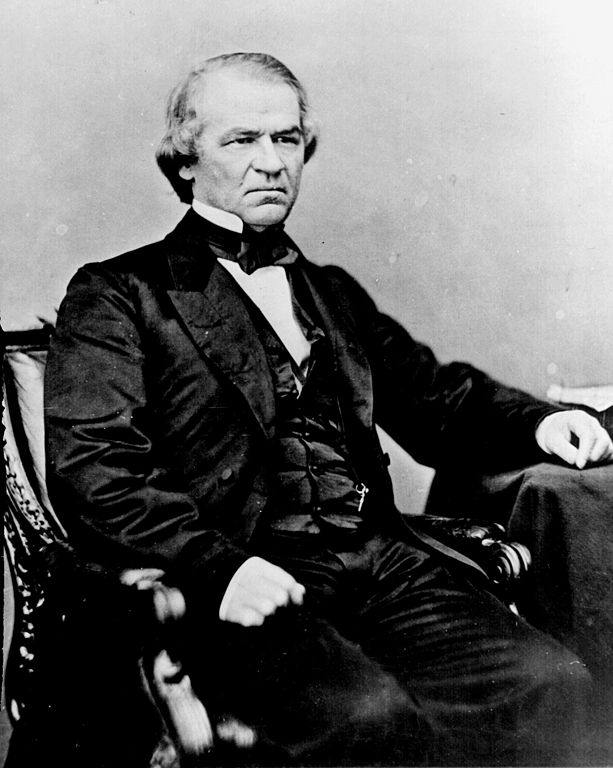
It is worth noting, at this point, that Lincoln’s death was, by definition, a conspiracy. Whether Johnson was involved or not, Booth and a group of fellow Confederate sympathizers planned to kidnap the president as a ransom for the release of imprisoned Confederate soldiers. This plan only escalated to murder when Lincoln gave his speech outlining his intention to grant citizenship to freed slaves. Booth and his co-conspirators formed a plan to execute him along with his Secretary of State, William Seward, and Andrew Johnson himself. Lewis Powell failed to kill Seward but did disfigure him before he was apprehended. George Atzerodt faltered after arriving at Johnson’s hotel and instead became drunk and wandered around before he was apprehended as well. All told, eight people were accused of conspiring with Booth, however only four were convicted and put to death. These were George Atzerodt, David Herold, Lewis Powell, and Mary Surratt. Surratt owned a boarding house in which the conspirators met and was the first woman to be federally executed. (7) Oddly, throughout St. Helen’s narrative, he expresses regret at Surratt’s death which was controversial at the time due to her age, sex, and relatively flimsy involvement with the assassination plot when compared to the others who were executed. (8)
After the assassination, St. Helen states that he used Johnson’s password, “T.B. Road,” to escape to the banks of the Potomac to hide. From there, St. Helen was driven away in a wagon, concealed beneath a bed of straw. In the official version of Booth’s story and in St. Helen’s account, the assassin was significantly slowed by a broken leg which he likely sustained during his leap from Lincoln’s box to the stage at Ford’s Theatre. (9) According to St. Helen, with the help of Johnson’s coconspirators and many Confederate sympathizers along the way, his escape was successful and following it he began a journey across the United States to San Francisco, California, eventually finding his way east again and settling in Bates’ home town of Grandberry, Texas. (10)
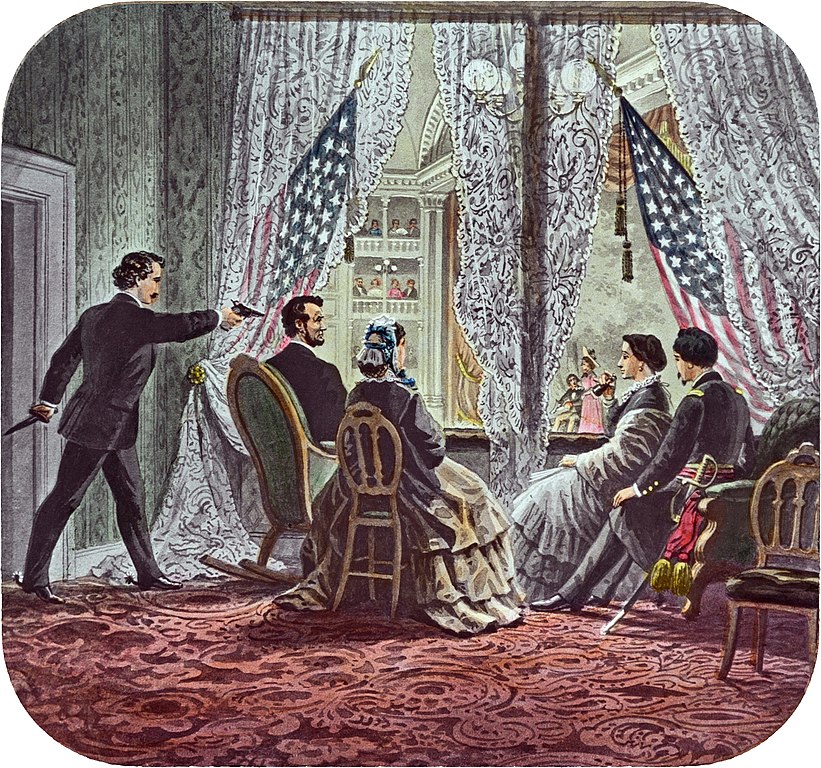
The main issue that Bates has with St. Helen’s story is the most obvious one: if John St. Helen was John Wilkes Booth, how did he survive the standoff in which he was reported to have died? According to the official account, on the 26th of April, just twelve days after Lincoln’s assassination, Booth was located in the barn of an old man named Mr. Garrett. Crippled by his still-fresh broken leg and cornered, Booth refused to flee the barn, which was subsequently set on fire. After exchanging words with the soldiers who had been dispatched to apprehend him, Booth was eventually shot and removed from the barn. He would cling to life for a few hours but would eventually succumb to his injuries. (11)
The death of John Wilkes Booth was an event with many witnesses. Unsurprisingly, St. Helen is unable to dispute that a man holding some of his personal effects was slain in Garrett’s barn. He accounts for this detail by claiming that he had paid one of the conspirators who helped him to escape to return to retrieve some of his personal letters and pictures which were dropped during his escape. St. Helen supposes that this accomplice was killed in his stead and mistaken for himself due to his possession of Booth’s personal effects. The death of this man, whom St. Helens calls “Ruddy,” was an unplanned event which inadvertently allowed him to remain undetected for the twelve year stretch in between the assassination and his confession to Finis L. Bates. (12)
More Historical Mysteries: Was the Last Pharaoh of Egypt the Son of Julius Caesar and Cleopatra VII?
David E. George
After their discussion, Bates claims that St. Helens left town. He states that he never met the man again, but that he tried to no avail to report Booth’s survival to the government. In January of 1903, Bates believes that John St. Helen has entered the scene once again. At the Grand Avenue Hotel in Enid, Oklahoma, a man who calls himself “David E. George” holes up in a room and commits suicide. Months prior to his actual death, he is alleged to have botched a suicide attempt and confessed to a local minister’s wife that his true identity was John Wilkes Booth, Lincoln’s assassin. News reports featuring George’s story became popular and comparisons were made between his appearance and known images of Booth. Booth’s own nephew was even quoted as stating that the deceased man resembled his uncle, though his uncle had died, or gone into hiding, before his nephew’s birth. (13)
Finis. L Bates would recognize the body of David E. George as the man whom he had known twenty-six years prior as John St. Helen. As proof, Bates calls upon the picture which the ailing St. Helen had instructed him to take from his pillow. According to Bates, the coroner agreed with him that the man in the photograph and David E. George must be the same man. Bates also claims to have corroborated the corpse’s identification with Booth via injuries Booth was known to have sustained, including an indentation on his right leg which was broken on the day of the assassination. Many historical records indicate that it was Booth’s left leg which sustained this injury, though, so its relevance as evidence is somewhat questionable. (14)
The Mummy in the Window
At this point in the story, Booth is dead by both the official account and the Bates version of events. However, from here on the story only grows more and more bizarre. You see, Bates did not identify the fresh cadaver of David E. George. When George died, there was nobody, in fact, who came to identify or claim him. The embalmer who preserved his body used the now mummified remains as a window display at his shop, “Penniman’s Grocery Store & Funeral Home.” The mummy was propped up with a copy of the daily newspaper in hand. It would remain in Penniman’s window for four years. (15)
When Bates finally came to claim the supposed body of his acquaintance, it was 1907. Bates was allowed to take the mummy because it was accepted that George and St. Helen may be the same individual and because Bates was St. Helens lawyer and thus his only living representative. Bates, however, did not lay George’s body to rest. Instead he began touring the country with the mummy, now referred to as “John.” John became a macabre sideshow attraction which seemed to attract the same sort of morbid strangeness with which his origin story is rife. At one point, he was even displayed at the St. Louis World’s Fair. (16) The body was lent to a number of traveling sideshows and circuses. During that time, the mummy survived a circus train wreck which killed eight people. John was also targeted by kidnappers several times. In one instance, Union veterans threatened to lynch the cadaver and in another it was apparently held for ransom. (17)
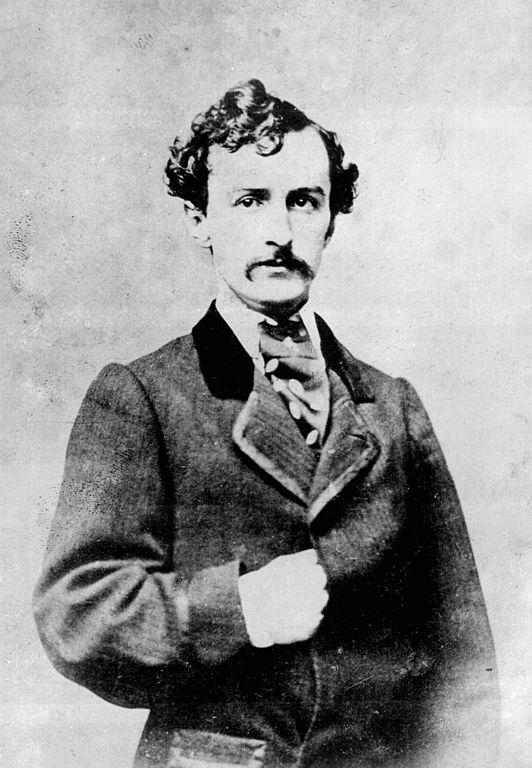
Over the years, visitors who came to see John often tried to gain a souvenir from the encounter. By 1931 the body was missing a toe and most of its facial hair. Finis L. Bates died in 1923 and after his passing, his wife sold John to a carnival owner who continued showing the mummy. From this point forward “John” changed hands several times before being obtained by Jay Gould’s “Million Dollar Circus” in 1937. It is believed that John continued to belong to Gould at least until the 50s. From this point on, the mummy has never been confirmed to have been seen again and it is unknown who has had custody over it or what fate has befallen it. Some say that Gould had possession of the mummy as recently as the 70s, but there is no corroborative evidence available. After an illustrious acting career, a dramatic and infamous act of violence, and an alleged lonely life on the lam, the mummy of John Wilkes Booth has been subject to a chain of lurid and unusual events culminating in its disappearance. At this point, the identity of the mummy is almost entirely hearsay. Did John Wilkes Booth survive his pursuers only to become a sideshow attraction? Unfortunately, there will likely never be a satisfying answer.
